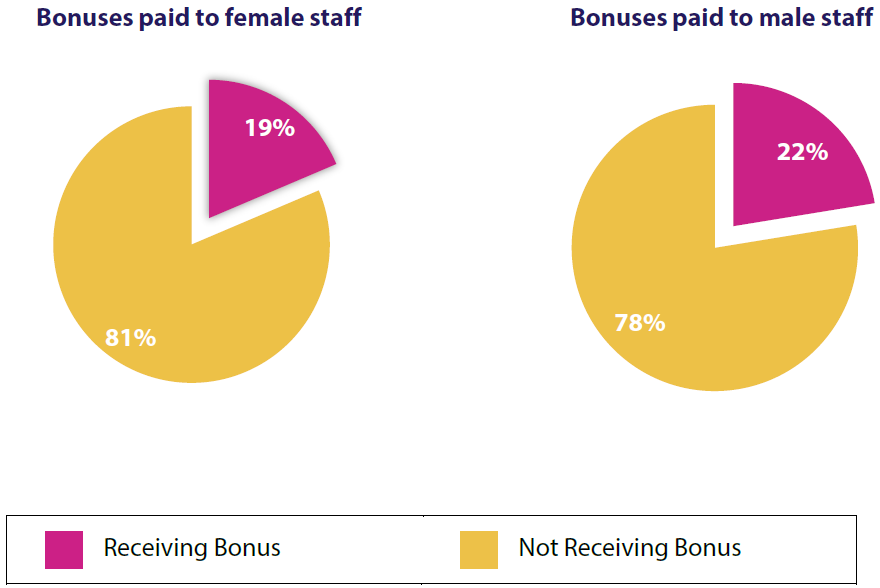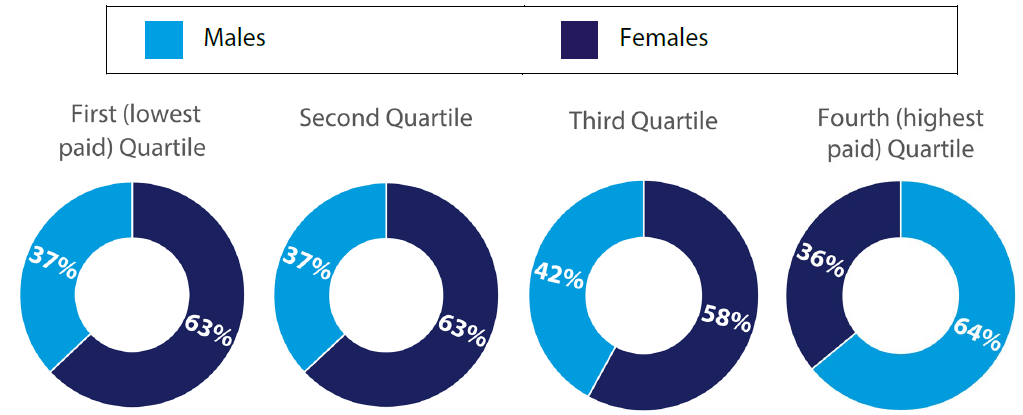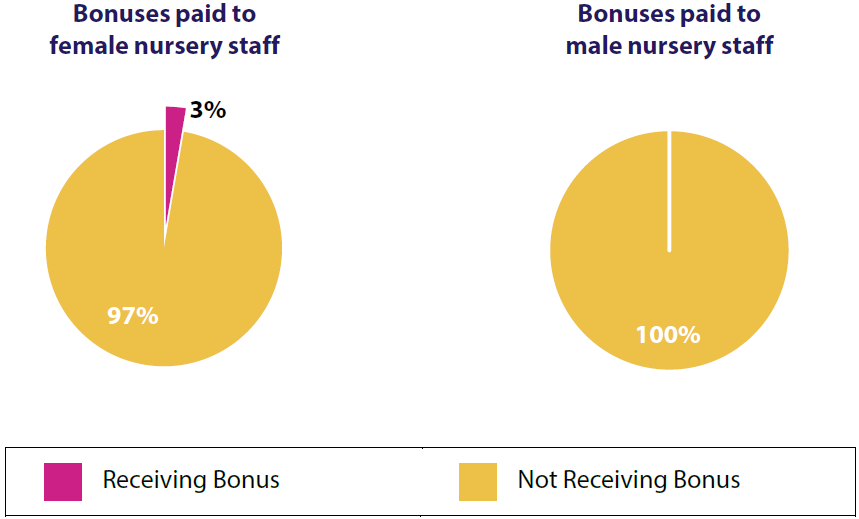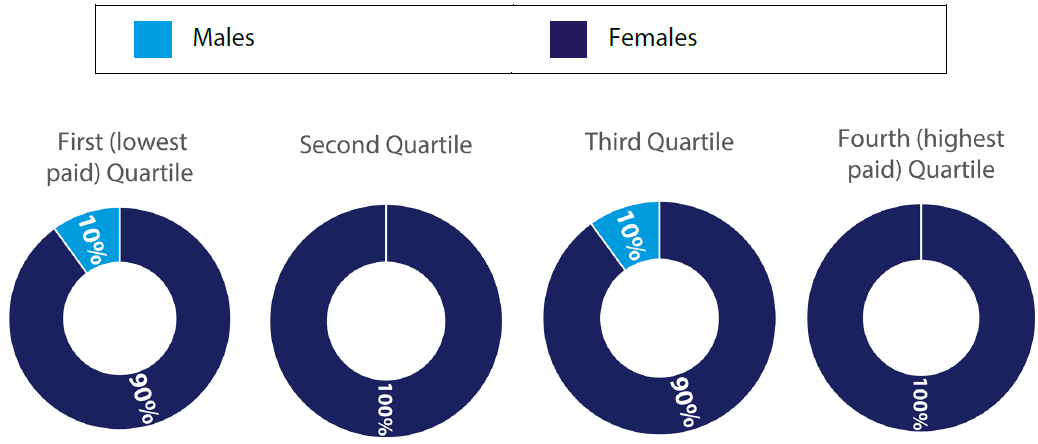Click here to download this report as a PDF file.
The Babraham Institute is world-renowned for life sciences research into the fundamental biology underpinning development, health and ageing. The Institute holds charitable status and is committed to promoting and developing a culture of equality, diversity, inclusivity and mutual respect that supports our ambitions and attracts highly motivated and talented people from around the world.
During the 2017/2018 reporting period the Institute was preparing a second Athena SWAN application (submitted in April 2018) to demonstrate how the Institute works to provide equal opportunities for all staff irrespective of gender, ethnicity, belief or sexual orientation in order to deliver excellent science. Objectives defined within this application reflect the Institute’s commitment to working towards reducing the gender pay gap by regular analysis of pay and promotion rates, and benchmarking. A second Silver Athena SWAN award was made to the Institute in October 2018.
Reporting our gender pay gap annually in line with current UK legislation allows us to track our progress in building a fair and diverse community that recognises and respects everyone. The Gender Pay Gap is a measure of the percentage difference between men’s and women’s average earnings (expressed as an hourly rate) across the organisation from the most senior to the most junior pay. According to the most recent data from the Office of National Statistics the average (median) gender pay gap across all employees (full- and part-time) in organisations in the UK in 2017 was 17.9%. Considering full-time employees only, the gender pay gap for median gross hourly earnings was 8.6%.

1 Mean: the percentage difference in average pay between male and female employees
2 Median: the percentage difference in the middle value pay between male and female employees
The above table shows the Babraham Institute’s overall mean and median gender pay gap based on hourly rates of pay for all employees (excepting Nursery staff – see section below) at the snapshot date (5th April 2018), in comparison with data from 2017. It shows that the Institute’s gender pay gap has reduced slightly since the 2016/2017 analysis, reflecting an increase in the percentage of women in the highest paid quartiles.
The table also captures the mean and median difference in bonuses paid to men and women in the year ending 5th April 2018. The bonus pay calculation represents the gender gap in performance related pay over and above standard pay increases plus bonuses paid to executive level staff.

Pay quartiles

The above data identifies the Babraham Institute’s gender distribution across the four equal quartiles.
What we can identify from the data
The Institute remains confident that men and women are paid equally for equivalent level roles across the organisation. However, as identified in the above data and from the 2017 analysis, there continues to be an imbalance between male and female representation, particularly in the upper quartile, which creates our gender pay and bonus gap. Promotion of women to more senior roles through the reporting period has improved the representation of women at these levels and this is something that the Institute continues to work towards. For example, recent Principal Investigator recruitment into one of the Institute’s research programmes recruited two females and one male into the available three positions. Attracting and retaining women at senior levels continues to be a challenge faced across the scientific sector.
How we are taking action
While the Institute is pleased to see progress made towards reducing its gender pay gap, it remains committed to making further headway. Our Board of Trustees has demonstrated commitment to this challenge by setting a target of 30% of staff at Band 3 and above being female (falling in the fourth quartile) by 2022. The Institute also aims to achieve a gender pay gap of less than 10% by 2022 (mean gender pay gap representing no more than 10% difference in average pay between male and female employees).
These objectives are part of the Institute’s wider commitment to support all employees to achieve their maximum potential, and to remove any barriers to this where possible. Our equality4success programme spearheads our equality, diversity and inclusion projects in order to meet this commitment but the wider Institute actively works as a community to highlight and address areas that represent inequality, impede progress and affect performance. To give specific examples, recent initiatives have led to an increase in women applying for and being successful in obtaining promotions, local provision of leadership courses has eliminated the requirement for participants needing to arrange time away from home, and equality, diversity and inclusion are incorporated in our recruitment practices through unconscious bias training for interview and selection panels and the inclusion of personal commitments to equality, diversity and inclusion in all role specifications.
Babraham Nursery
The Babraham Institute owns and runs its own Ofsted Outstanding-rated day nursery which provides childcare facilities for our staff and the wider community. The Institute reports the gender pay gap and related data separately for our nursery staff, as the facility operates in a different employment sector and is a self-sustaining entity.

The above table shows Babraham Nursery’s overall mean and median gender pay gap based on hourly rates of pay at the snapshot date (5th April 2018). As is common in the childcare sector, the majority of the staff at the Babraham Nursery are female, with just two male employees. The table also shows the difference in bonuses paid to men and women in the year ending on 5 April 2018. Bonus payments in addition to performance related pay are predominantly used for executive level employees and are applied more widely only in exceptional circumstances (such as in recognition of the nursery’s outstanding rating in the most recent Ofsted inspection). None of the male members of nursery staff received a bonus payment in the reporting period, compared with 2.7% of female staff (expressed as a proportion of all female staff) who received performance related pay awards during this time (see the charts below).

Pay quartiles
